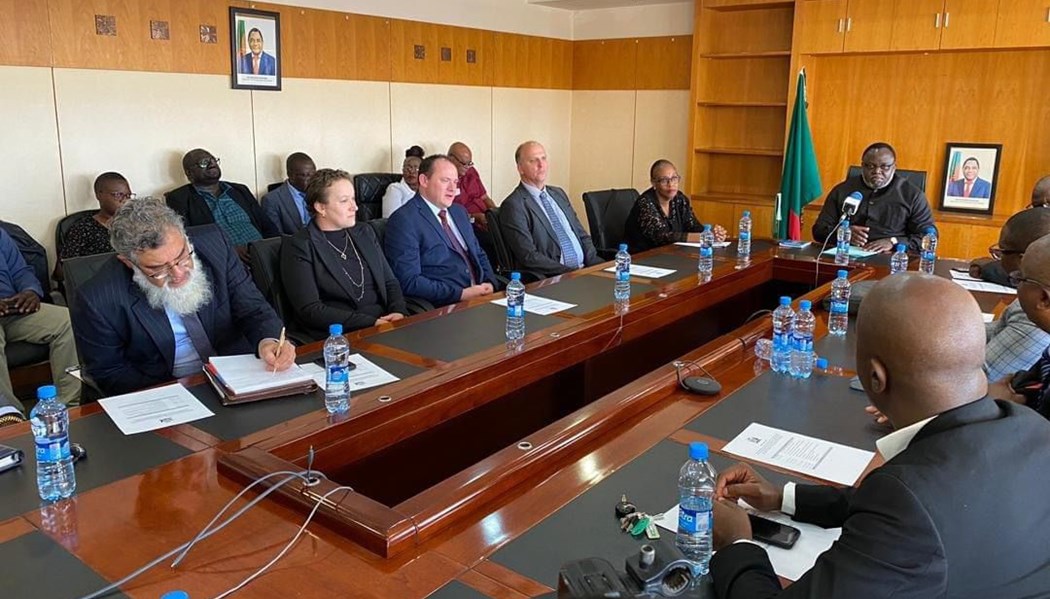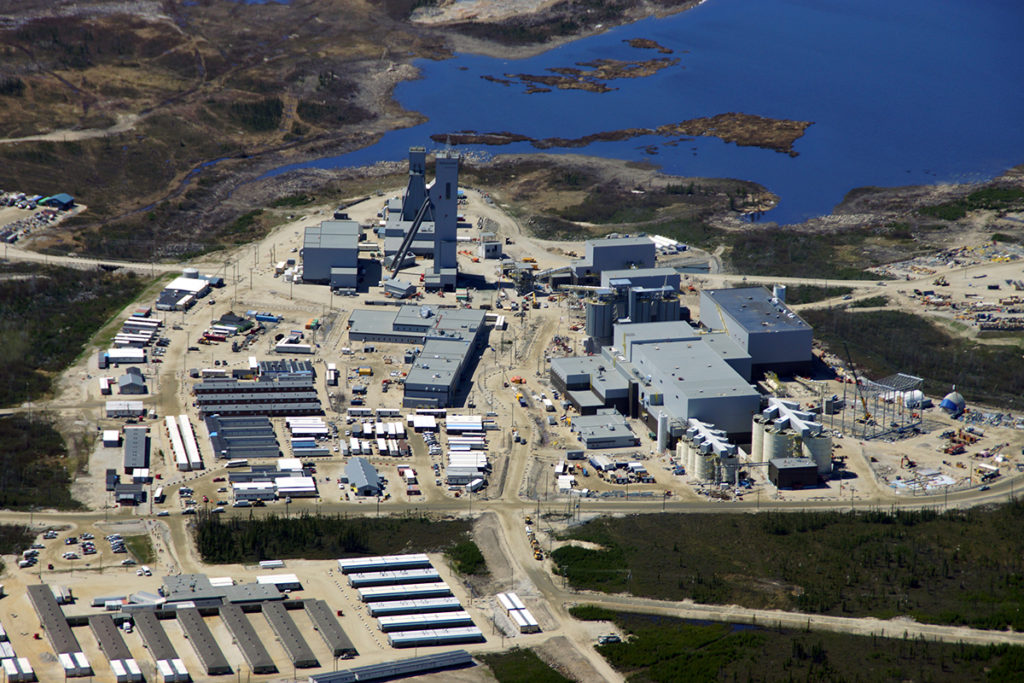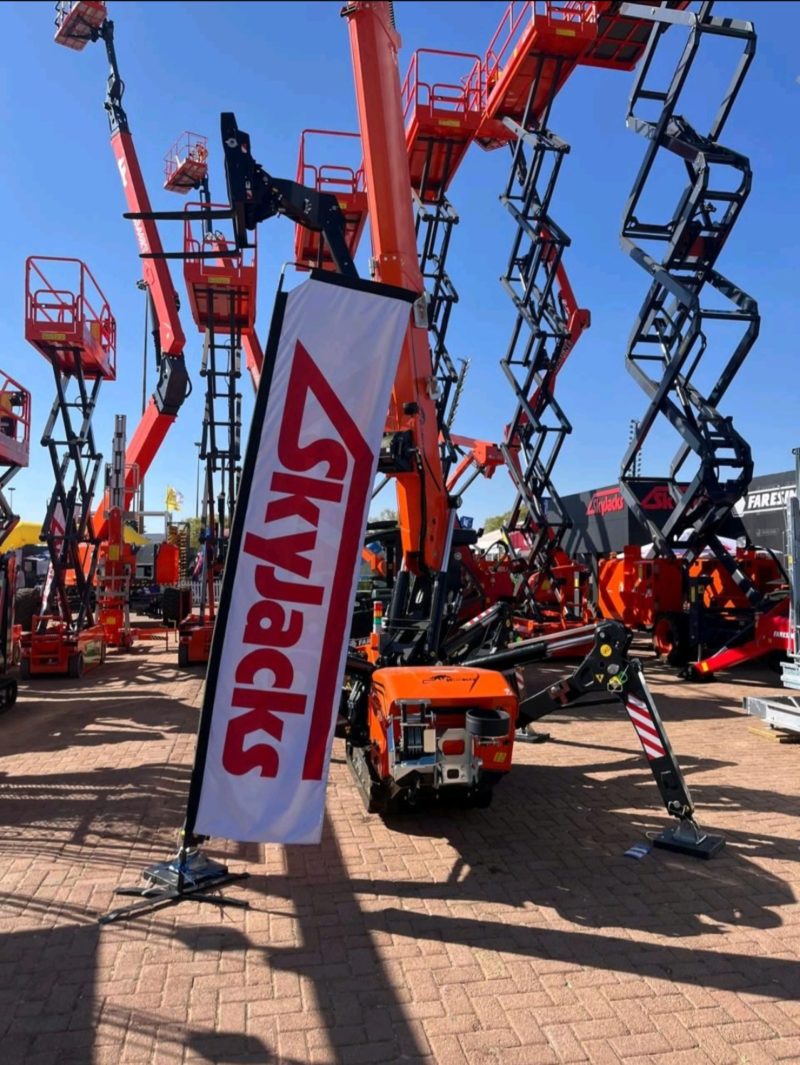Mining Other

Botswana Diamonds awarded AI-identified acreage

These four licences (PL298, PL303, PL304, PL305) relate to the company’s diamond targets and cover 2 644 km2 located in the following areas: north west of Mahalapye in the Serowe area; south west of Jwaneng close to the South African border; north east of Lerala in eastern Botswana; and close to KX36 in the Kalahari.
One licence, located south-west of Debswana’s Jwaneng mine, is of particular significance. The anomaly signatures are ideal and the target suggests more than one potential kimberlite, Botswana Diamonds points out.
The variables used in the AI models included mineral chemistry indicating diamond potential; the presence of slightly abraded diamonds indicating proximity to source; proximity to major structures; strong geophysical anomalies; shallow Kalahari cover; and Group 2 kimberlites generally having low magnetic signatures.
The use of AI is Botswana Diamonds’ methodology for applying data processing technology in exploration, applying AI against one of the most extensive exploration databases in the Southern African country.
In addition to the diamond licences that have been granted, the AI models generated non-diamond targets for 11 polymetallic license applications on highly prospective copper, silver, cobalt, gold, nickel, zinc and PGM targets, the company points out.
These licence applications, some on ground with no previously-identified copper-related signals, have already been provisionally accepted, and the company says it is awaiting further positive news on the granting of these licenses in the near future.
“This is an exciting development for Botswana Diamonds. The AI analysis conducted over the massive Botswana Diamonds database identified a number of unknown or unreported anomalies consistent with kimberlite characteristics.
“One in particular, in the Jwaneng vicinity, ranked positively on every variable in the analyses. Today I am delighted to report that we have obtained licences over four of the diamond targets including the most prospective ground,” chairperson John Teeling says.
“At least as important, is what happened when we ran the model on other minerals generating spectacular results. A number of copper anomalies, among other minerals, were identified and we have applied for several licences where we are hopeful of a successful outcome.
“In the light of the new kimberlite prone ground, we are revising our work programme. The ground in the Jwaneng area is a high priority,” he adds.












